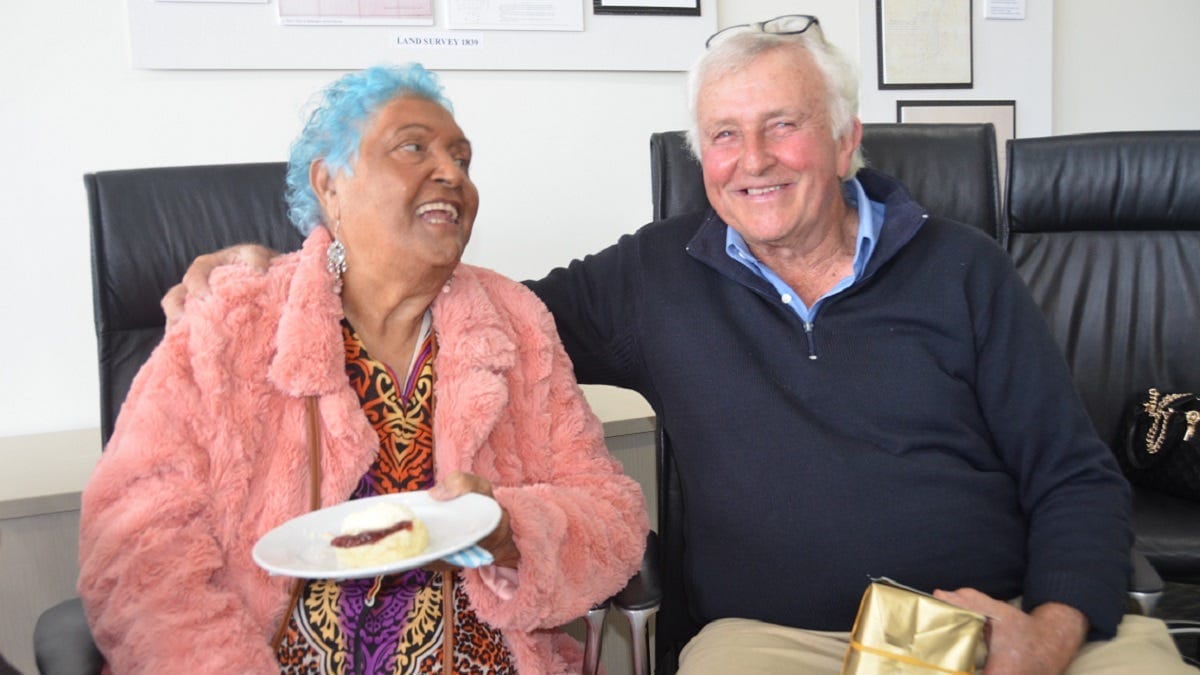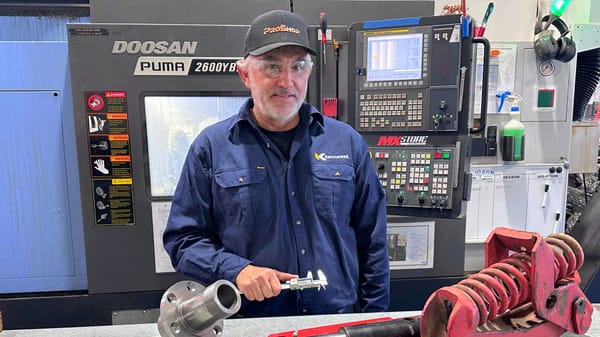East Wellington exhibition highlights positive encounters between Aboriginal people and Europeans
The history of the River Murray township will be in the spotlight at the Coorong Gallery, at Tailem Bend, until May.

Locals support locals – that’s why this recent post is now free to read. Your support can help Murray Bridge News tell important local stories. Subscribe today.

A thought-provoking photographic exhibition called Colonial Days at East Wellington has opened at Tailem Bend’s Coorong Gallery.
The exhibition, which opened on Friday, is a reminder of East Wellington’s colorful history, but also that there were positive interactions between Aboriginal people and Europeans at the time of European settlement.
Exhibition curator Elizabeth Nicholls has presented historic photographs and memorabilia that shed light on European settlement, special surveys of 1839, the development of the ferry crossing and more.
Guest speaker at the exhibition, farmer Clem Mason, complemented the history told through photos by discussing some of the historical events involving Wellington, including the gold escorts and the planting of willow trees.
According to Mr Mason, the eight original willow trees planted along the River Murray to protect the river banks were imported from St Helena island.
Mr Clem Mason descends from George Ezekiel Mason, who settled along the Lower Murray in the 1850s.
George Mason was also South Australia’s first Sub-Protector of Aborigines and was heavily involved in planning and monitoring the construction of the first Wellington ferry.
Clem Mason and four other descendants of George Mason attended Friday’s photographic exhibition launch.
Mr Clem Mason’s talk told a positive story about interactions between European settlers and the Ngarrindjeri.
“The Ngarrindjeri taught them many things,” he said.
“They grew vegetables with the help of Ngarrindjeri, as they knew better, and most of the stockmen were Aboriginal, as they were the best.
“It would be great to re-invigorate working together and having farms together.”
Mr Mason also spoke of the respect the Ngarrindjeri had for his ancestor George Mason.
“When George died, the Ngarrindjeri thought so much of him, they wanted to be protectors of his body.”
Ngarrindjeri woman Muriel Van der Byl, also a descendant of George Ezekiel, added that the Ngarrindjeri “looked after him (George Mason) very well.”
Mr Clem Mason said that the photos and stories provoked by the exhibition would promote other stories in turn.
“It’ll chase the birds out of the bush,” he said.

Doug Twelftree, a crop farmer from Culburra, described the photographic exhibition as “excellent”.
Mr Twelftree was interested to learn from the exhibition that shearers in the day were paid just one pound for 100 sheep.
The pay rate, even converted into modern terms, didn’t change Mr Twelftree’s view of shearing.
“Shearing never grabbed me – it was hard work.”
The exhibition will run until May 24.
- More information: Visit coorong.sa.gov.au or phone 1300 785 277.





